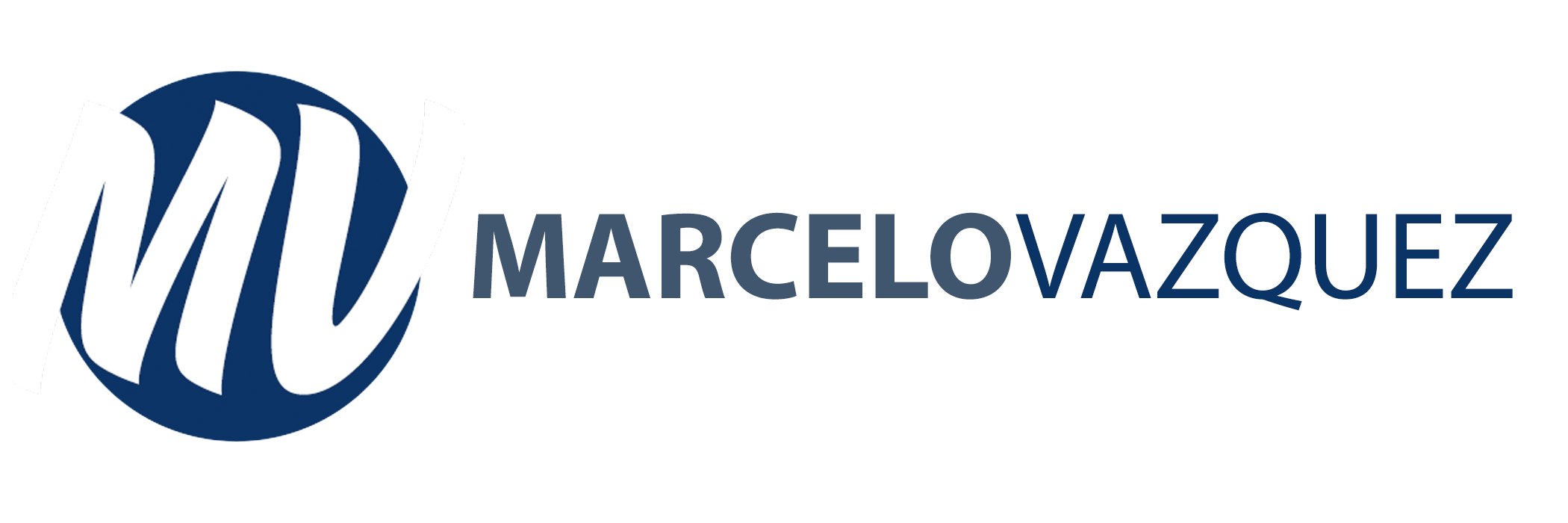Introduction
When COVID-19 disrupted in-person events, a local Winnipeg wholesaler faced a major challenge. Their business relied on a unique sales model, hosting makeup sale events across Canada in rented community and convention spaces, where customers could shop discounted makeup products in person. However, with pandemic restrictions limiting public gatherings, they suddenly lost their primary sales channel and were left with a substantial amount of unsold inventory. To navigate this challenge, the wholesaler brought me in as a Fractional E-Commerce Leadership Consultant to help them transition their makeup sales online and reach their customers through a digital platform.
Objectives
The primary goal was to develop an e-commerce solution that allowed the business to continue selling their inventory without relying on physical events. We aimed to create an engaging online brand that resonated with their customer base, manage the extensive inventory efficiently, and establish a reliable system for fulfilling orders with accuracy. With these goals in mind, we focused on building a branded digital storefront and implementing an inventory management system that would bring the wholesaler’s operation into the e-commerce space.
Challenges
With physical events halted, the business faced two main challenges. First, they needed to transition an in-person shopping experience to an online one, with a brand that appealed to their customer base and maintained the excitement of event pricing. Second, the inventory itself was disorganized, stored in a way that made it unmanageable for efficient order fulfillment. Given the variety of products—often different shades of the same color—it was crucial to develop a system that would ensure accurate picking and packing.
Solution Setup
After assessing the business’s needs, I developed a comprehensive solution that included creating a new brand, setting up an e-commerce platform, and streamlining inventory management.
Brand Development and E-Commerce Platform
To resonate with the makeup-savvy, discount-focused customer base, I developed a feminine, discount-oriented brand identity with a touch of elegance—more pink than anticipated, but perfectly suited to the target audience. I then set up a Shopify store as the platform, customizing it to reflect the new brand’s look and feel, and designed a smooth, user-friendly shopping experience that mirrored the excitement of in-person sales events.
Inventory Organization and Barcode-Enabled Management
Recognizing the need for organization and accuracy, I set up a “dark store” model within the warehouse, installing racks and sorting products into labeled bins. Each bin was organized by SKU, with similar items stored in separate, clearly marked locations to minimize picking errors. Given that many makeup items were nearly identical—like different shades of the same color—barcode scanners were essential to tie each order to its corresponding physical product.
To achieve this, I implemented SkuVault, a cloud-based warehouse management system that enables barcode scanning to track inventory and orders throughout the fulfillment process. Integrated seamlessly with Shopify, SkuVault provided real-time inventory visibility and helped ensure that each product could be accurately tracked from order to delivery.
Streamlined Shipping with ShipStation Integration
For order fulfillment and shipping, we integrated ShipStation with both Shopify and SkuVault, allowing the entire shipping and label-creation process to fit smoothly into the warehouse workflow. ShipStation’s integration with SkuVault ensured that each order was processed with accurate shipping details, labels were generated automatically, and packages could be shipped efficiently, maintaining a high level of accuracy and customer satisfaction.
Results
The new e-commerce system delivered a smooth, positive experience for customers, with the combined Shopify, SkuVault, and ShipStation setup ensuring that orders were picked, packed, and shipped with precision. Customer satisfaction was high, with positive feedback on both the online shopping experience and product quality. The transition from in-person sales events to a digital storefront allowed the business to reach their goals, maintaining sales momentum despite the challenges brought on by the pandemic.
Reflections & Takeaways
This project highlighted the power of fractional consulting in rapidly transforming business operations and creating a resilient, adaptable model. As a Fractional E-Commerce Consultant, I was able to guide the wholesaler through each stage of the digital transition—from brand development to e-commerce setup and barcode-enabled inventory management. The combination of Shopify, SkuVault, and ShipStation proved to be a reliable, scalable solution, demonstrating that even a traditionally in-person sales model can successfully pivot to online with the right tools and strategy.
Final Thoughts
This case study showcases how a well-executed digital transition can help businesses adapt to changing circumstances while staying true to their core customer base. By leveraging fractional e-commerce expertise and establishing a data-driven e-commerce strategy, the wholesaler was able to overcome significant challenges, turning an in-person sales model into an efficient online store. This project illustrates the potential for other businesses facing similar disruptions to evolve and thrive in a digital marketplace with the right approach.


